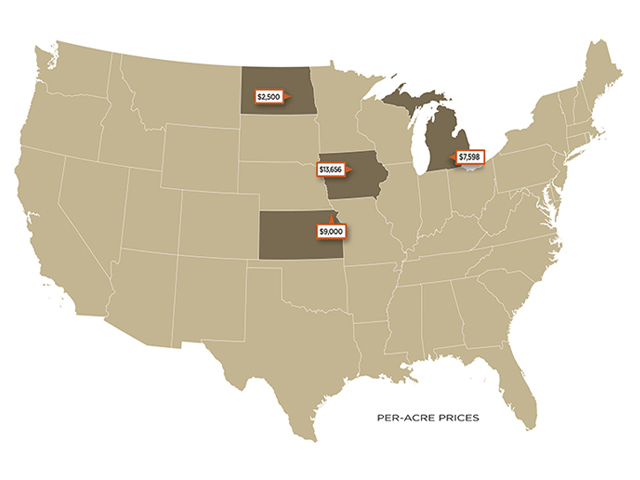An Urban's Rural View
What Getting Back to Normal Means
Even as the omicron variant of COVID-19 rips across the United States like a turbocharged tidal wave, more and more Americans are embracing a return to normality -- sort of.
As recently as a few months ago, a substantial percentage of the population was hunkered down at home, refusing to eat at restaurants, educate their kids at school, conduct meetings in person or travel abroad. When my wife and I told people of our plans to tour Portugal last October, several were flabbergasted that we would take what they saw as a foolish risk.
Now many of our once-fearful friends and acquaintances are venturing out and taking some risks themselves. Others are planning to make the plunge once omicron ebbs. And they're not alone. Lots of others are, too.
Despite COVID case rates at near-record levels, politicians and bureaucrats are starting to talk about learning to live with the pandemic. They are not leading, they're following. As has been true from the beginning, the best way to understand COVID is to watch the governed rather than the government.
Now, from the beginning the governed have been divided. They still are, notwithstanding the embrace of normality. Early on, the division was, to use the oversimplified description I gave it, between the fearful and the fearless. (See https://www.dtnpf.com/…)
Today the divide is much less black and white, more shades of gray. People have different ideas about what constitutes normal. The fearless are still fearless, but many of the fearful are, to varying degrees, behaving less fearfully.
P[L1] D[0x0] M[300x250] OOP[F] ADUNIT[] T[]
We are, then, at an important turning point in the pandemic, the point where almost everyone is getting back to normal, however they define normal, or at least planning to. It's an important point because the sooner we can get back to something approaching normal, the sooner we can unravel the distortions in the economy that have hit us with 7% inflation.
The question is whether we can do it during surges, like omicron, without overwhelming the hospitals.
Just as "normal" life post 9/11 was redefined to include things like taking off shoes at airport security, the post-COVID "normal" will differ from the old. Signs of what the new normal will look like are already beginning to appear.
For example, during Christmas week I traveled to New York with my family to attend an opera. Just like the good old days the house was packed, even though the city's COVID count had reached alarming levels. But attendees had to show proof of vaccination to enter and remain masked throughout. It's possible requirements like these will become a permanent fixture of the new normal.
We had dinner the next night with some old and dear friends. It was great that they were willing; they had been among the very fearful. But a "normal" night it was not. Because one of them is immunocompromised, they asked that our daughter and son-in-law, whose booster shots were less than two weeks old and thus not fully effective, get tested. (They agreed; they tested negative, and the dinner went ahead.)
This weekend we're staying overnight on Long Island with some friends who are in their 80s. At their request we'll test ourselves before making the trip.
As these examples suggest, in many cases, or at least for some people, "normal" will mean doing what they would have done in the past -- but with precautions. Masked, possibly, depending on the situation. Vaccinated, of course. At times, maybe even tested.
Others will reject some or all of those measures. They'll be free to do that, but they may not be free as a result to enter some public facilities, travel to some places or hang out with people who condition their companionship on precautions.
Like everything else these days, COVID is political -- at least if we're talking about what the government does -- vaccine mandates, lockdowns, that sort of thing. But focusing on the governed, again, we need to remember that most people's choices reflect their risk-tolerance level, not their politics.
Some conservatives get vaccinated and wear masks; some liberals don't. That guy walking down the street may be wearing a mask because he's immunocompromised, not because he watches MSNBC.
We can disagree about political issues without being disagreeable. We can make differing personal choices without despising each other. If there's one thing I'd like to see in the new-normal world, it's more civility.
Urban Lehner can be reached at urbanize@gmail.com
(c) Copyright 2022 DTN, LLC. All rights reserved.






Comments
To comment, please Log In or Join our Community .